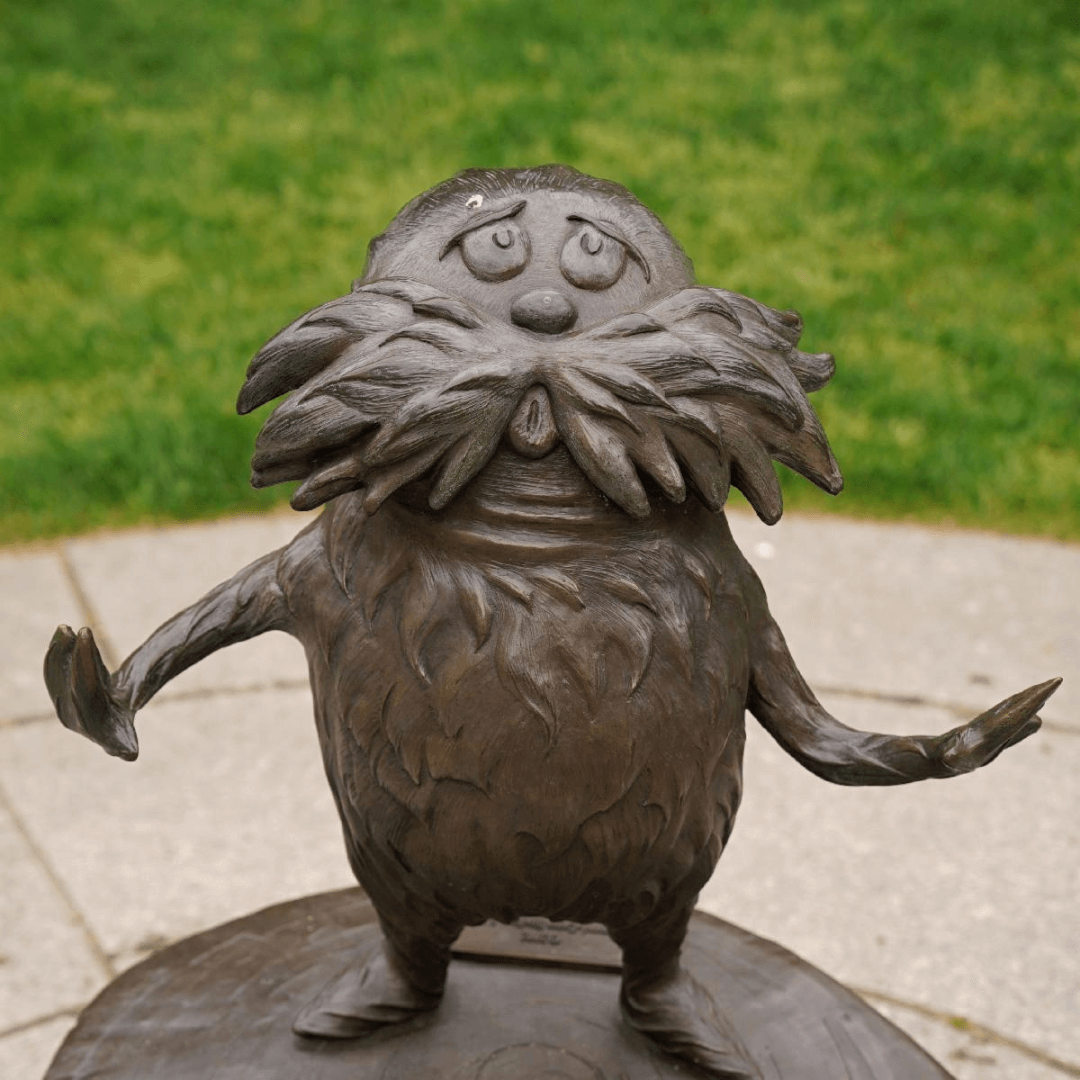
DID THE LORAX GET IT RIGHT?
Written By: Stephanie Phillips-Taggart, Executive Director | Keystone Wood Products Association
'Unless someone like you cares a whole awful lot, nothing is going to get better. It's not.’
Anyone who has read Dr. Suess’s book, The Lorax, may have misconceptions about harvesting trees—and I can understand why. By all accounts, forests are not only beautiful, but they provide us with clean air, filtered water, soil protection, and recreational amenities. Additionally, forests offer all kinds of furry friends and crawling creatures protection and a place to call home. With all those benefits, why would anyone want to harvest trees and disturb nature’s perfect balance? As a tree lover myself, I was compelled to learn more based on the Lorax’s own words—'Unless someone like you cares a whole awful lot, nothing is going to get better. It's not.’
What I learned may surprise you.
In the case of Real American Hardwood, homegrown in Pennsylvania, the industry is fueled by its passion for sustainable forestry practices. The state’s efforts are apparent as the U.S. Forest Inventory and Analysis data reveals that annually the forest volume grows twice the harvest rate.
The Commonwealth’s commitment to ensuring forests for future generations, in part, has made it a leader in hardwood production and export. The state prioritizes sustainable practices that use every part of a harvested tree. The industry also employs over 60,000 individuals and contributes $39 billion to the state’s economy.
Beyond Pennsylvania, the industry offers more than just economic benefits. In fact, it brings invaluable and unmeasurable advantages to the consumers and the world.
Wood products are a healthier option for our home, office, and workspace. The production of wood products is less energy intensive than other building materials—such as aluminum and plastic. By the way of biophilic design, wood warms our hearts and souls. Numerous studies have documented that being surrounded by beautiful wood products contributes to our well-being. Using wood products not only connects us with nature, but products like flooring, furniture, and cabinetry are durable and offer value for years to come.
Above all, consumers who Build their World with Real American Hardwood are making a conscious effort to slow climate change and reduce pollution.
How might you ask? Let me explain.
Although trees sequester carbon, not all ages of trees do so equally. As a tree grows older, it becomes more vulnerable to natural or environmental death, which ultimately results in the return of carbon to the environment.
As a tree ages, its tree system may not absorb needed nutrients resulting in inefficient carbon capture. Some experts have documented that older trees have sequestration rates that approach zero. Young trees, however, are more efficient at sequestering carbon.
That is where planet saving, renewable, wood products can make a difference in the world around us! Unfortunately, trees do not live forever, but they can play a lasting role in our environment. When older trees are harvested and transformed into wood products, those trees continue to store carbon for the life of the product—often 100 years or more. Harvesting older trees also opens up the forest canopy allowing for more sunlight and less competition for soil nutrients. This allows younger trees, which are carbon capturing champions, to flourish.
And let us not forget how experts define a healthy forest. It is widely accepted that a forest comprised of a mix of young and old trees has the best chance to withstand disease and pest outbreaks. A variety of age classes—which happens naturally with sustainable forest management—optimizes forest health.
Despite the misconceptions sparked by the Lorax, Dr. Suess’s goal was to teach others about the importance of protecting the environment. I hope this blog planted a seed that will result in conversations about how forest products can stand tall for our environment. For a moment, please humor me and allow me to speak for the trees.
“What I want to see more than anything, is a true understanding of how sustainable harvesting plays a role in our environment. Trees can make a difference. Branch out and learn how wood products can be part of the solution to the worlds’ environmental problems.”
Comments can be emailed to Stephanie Phillips-Taggart